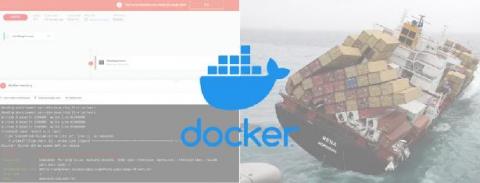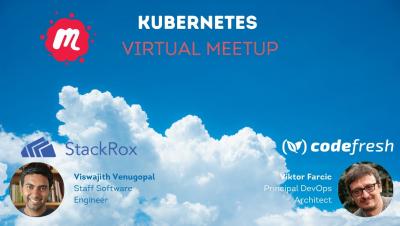Enabling faster Puppet Enterprise code deploys
The 2019.8.2 release of Puppet Enterprise has added a significant improvement to code deployment by enabling Puppet modules to be downloaded in parallel instead of serially. This functionality was added to the upstream r10k project almost a year ago and has now been added to Puppet Enterprise Code Manager.










